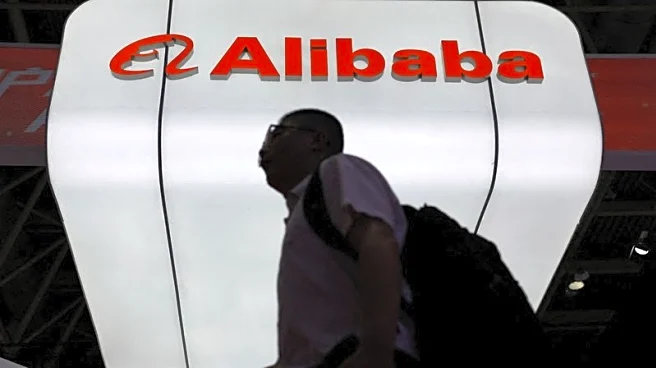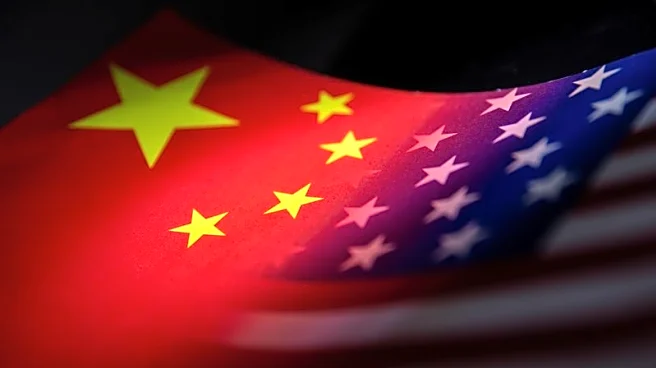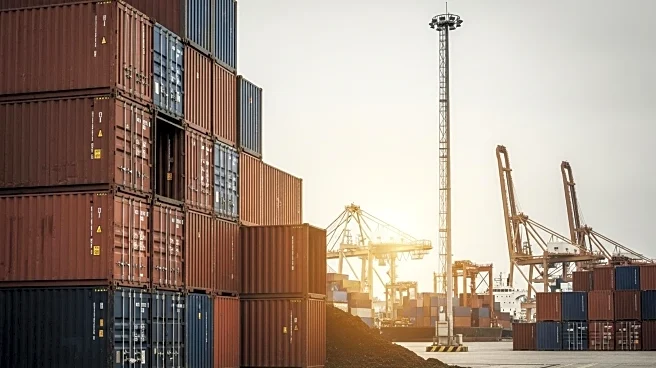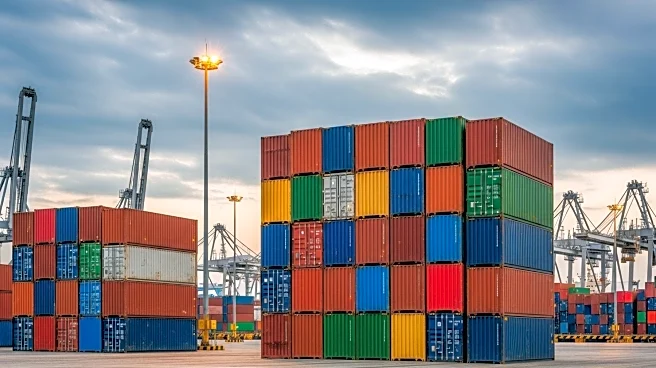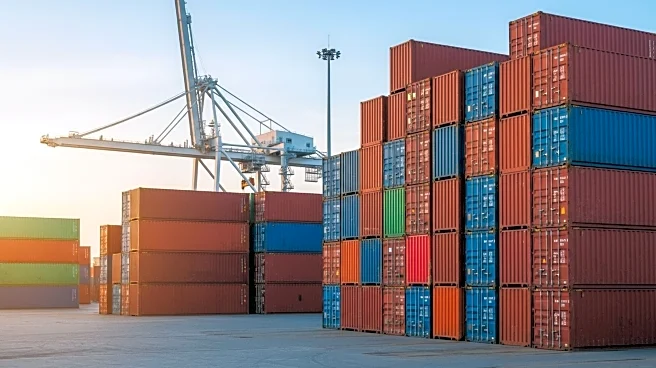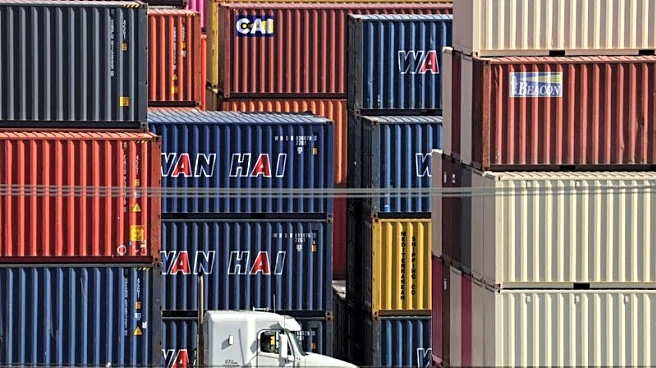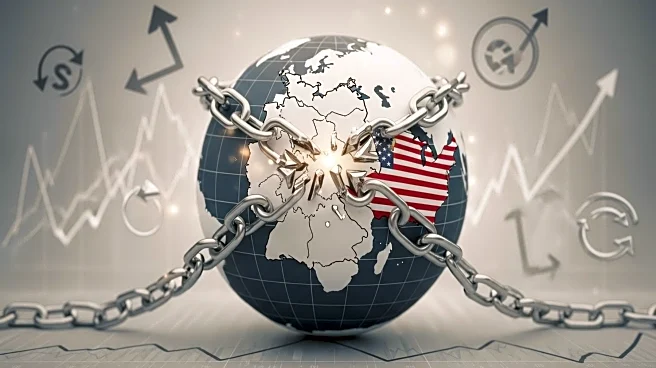What is the story about?
What's Happening?
The cosmetics industry is grappling with increased costs and supply chain disruptions due to rising tariffs, particularly on imports from China. A recent survey indicates that nearly half of businesses are absorbing some of the increased tariff costs, with 27% absorbing up to 50% and 22% shouldering 51-99% of the increase. Only 14% are passing the full costs onto consumers. Major companies like e.l.f. Beauty and Glow Recipe have announced price hikes to offset these tariffs. Additionally, some cosmetics giants are utilizing the 'first sale' rule to apply tariffs at the manufacturing point, reducing financial impact. However, smaller companies without this flexibility face greater challenges.
Why It's Important?
The tariff increases are significant for the cosmetics industry, affecting both large and small companies. Larger companies may navigate these changes through strategic pricing and supply chain adjustments, but smaller brands could face margin squeezes and potential loss of price-sensitive consumers. The suspension of the de minimis exemption for goods from China further complicates logistics, impacting e-commerce giants and smaller brands reliant on low-value imports. This situation could lead to higher operational costs and reduced profitability, affecting the industry's competitive landscape.
What's Next?
Cosmetics companies are likely to continue adjusting their supply chains, exploring alternative suppliers in lower-tariff regions, and stockpiling inventory to mitigate future tariff impacts. Monitoring tariff developments and incorporating them into financial planning will be crucial for businesses to remain competitive. Companies may also need to strengthen supplier relationships to ensure stability amidst rising costs.
Beyond the Headlines
The rise in tariffs could spur an increase in trade fraud, with suppliers potentially falsifying country of origin or undervaluing shipments to circumvent rules. This poses additional risks for brands relying on goods from high-tariff regions. The broader impact of these changes will depend on each company's reliance on imports from affected regions.
AI Generated Content
Do you find this article useful?


